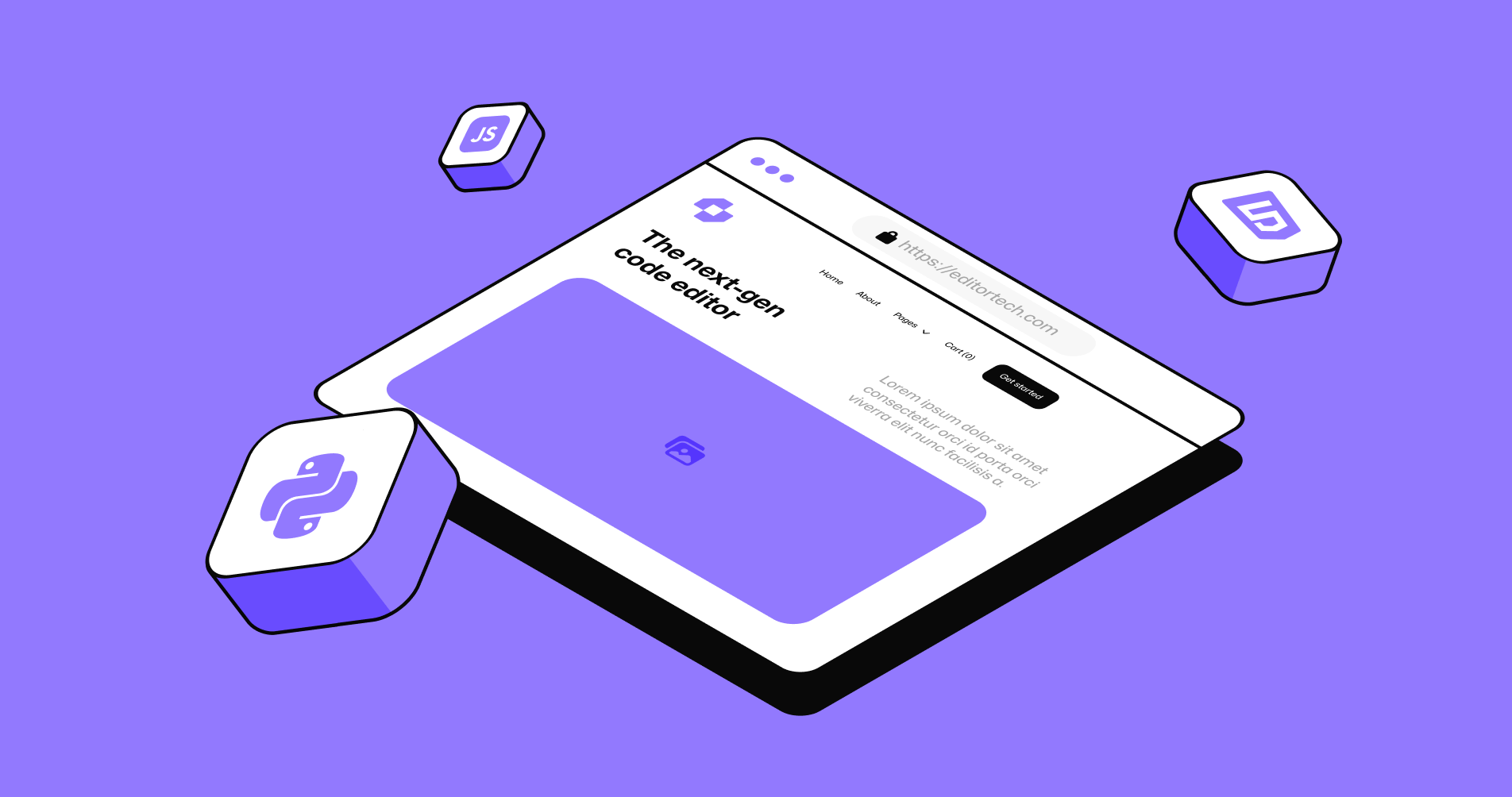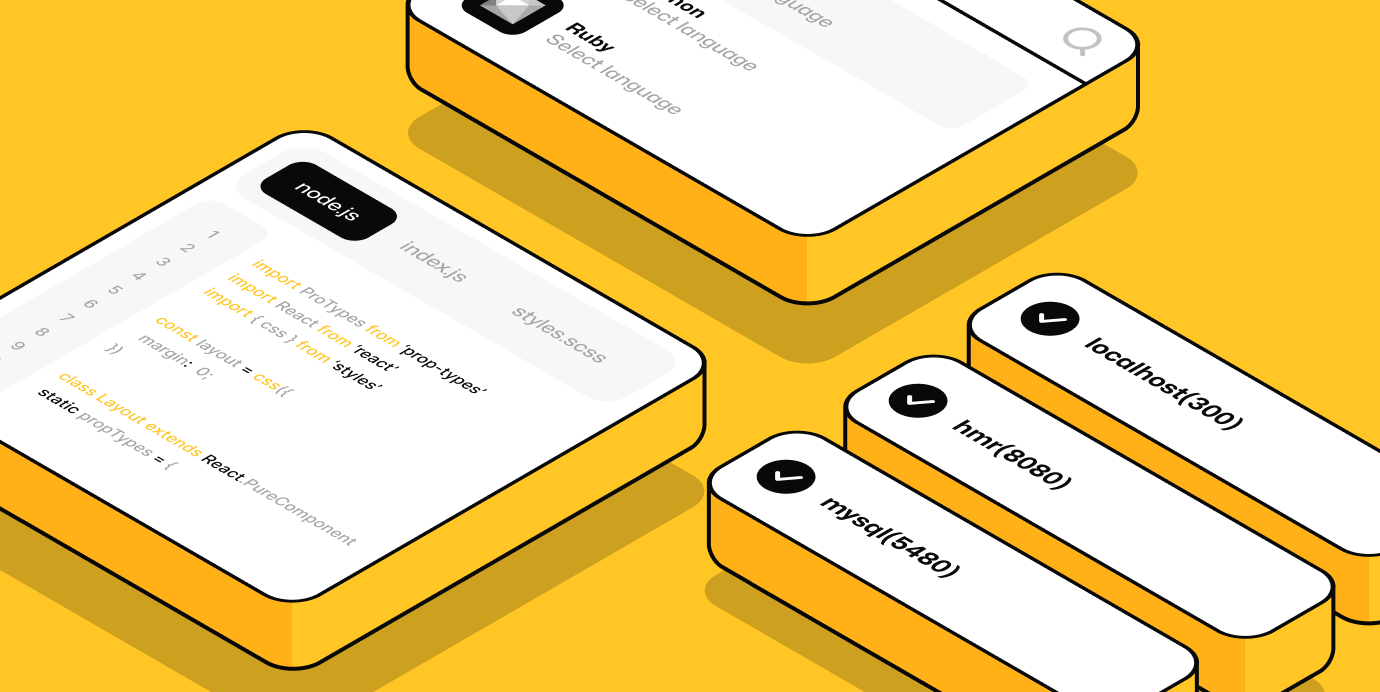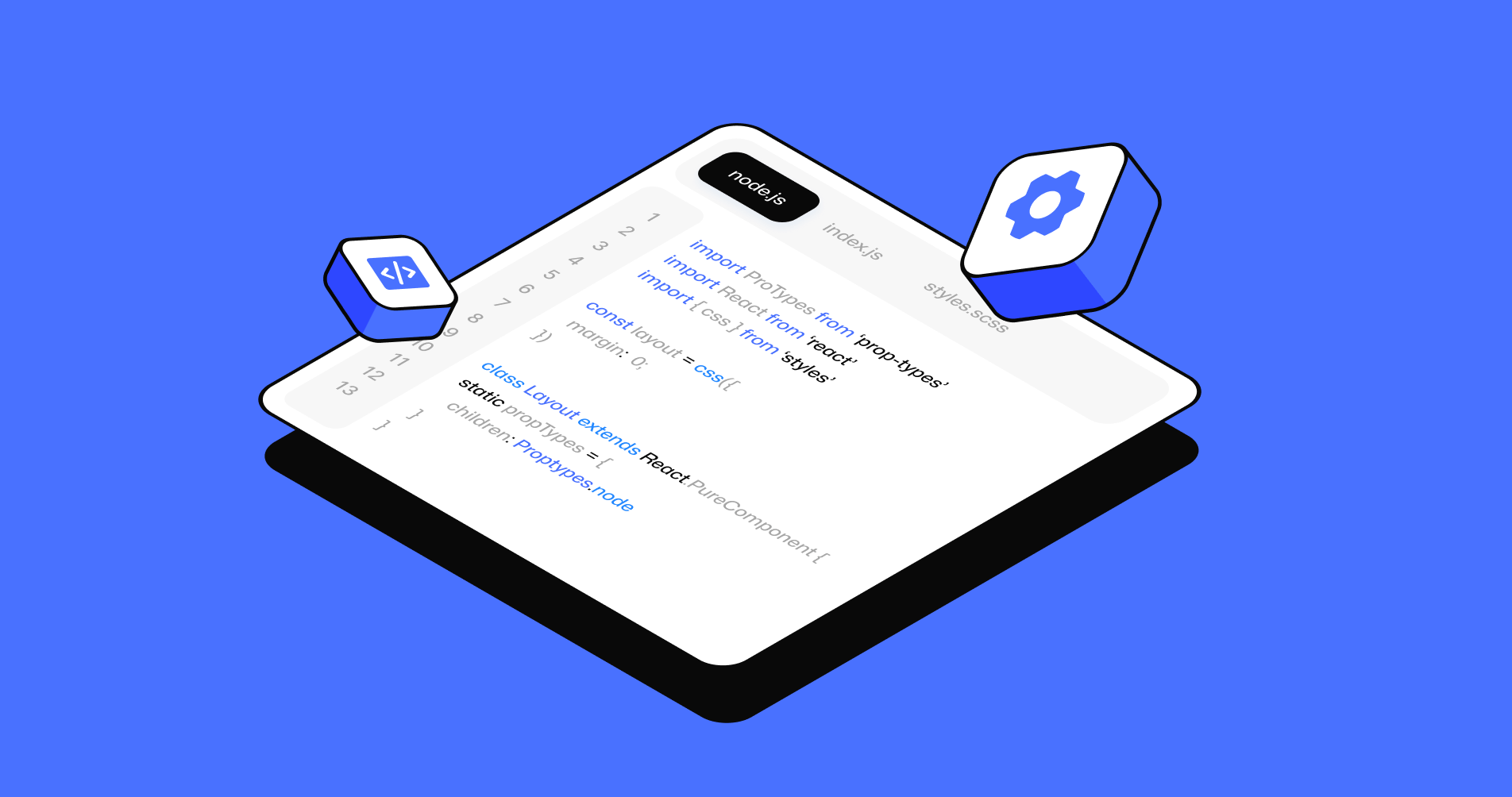How AI Tools Help B2B Companies Spot Trends Before the Competition
AI tools help B2B companies detect subtle market shifts early, turning faint signals into clear insights, faster.

Spotting a market swell before it becomes a tidal wave is the quiet superpower of winning B2B teams. They are not psychic, just disciplined about how they listen.
Today, software turns faint signals into crisp insight, shrinking the distance between a hunch and a headline.
This article unpacks how modern tools help companies pick up weak patterns, connect dots across messy data, and act while rivals are still yawning.
You will see where automation shines, where judgment is essential, and how to avoid chasing shiny objects. If you have ever felt buried under dashboards, alerts, and opinions, consider this your field guide to clarity. We will touch on the role of AI market research in making trend detection repeatable, auditable, and fast.
Why Early Trend Detection Matters
Early detection compresses decision cycles, trims waste, and points resources at opportunities with the best odds. When a pattern is caught while it is still small, experiments cost less, messaging lands cleaner, and product work avoids rework. Teams that see a shift first do not simply move faster, they move with conviction because they understand the signal, not just the noise.
For B2B firms, the payoff multiplies across long sales cycles and complex buyer committees. A minor change in buyer language can predict pipeline drift.
A subtle shift in questions prospects ask can foreshadow budget reallocations.
Modern AI market research with enterprise tools make these mechanics visible at scale.
There is also a culture benefit. Companies that track and discuss emerging signals regularly build a shared memory of what good evidence looks like. That habit keeps teams from overreacting to a viral post one week, then missing a structural change the next.
What Signals Do AI Tools Track?
Customer Conversations
Transcripts from sales calls, chats, and support tickets carry the heartbeat of demand. Language models cluster themes, flag objections that are gaining steam, and surface phrases buyers repeat. When a new term shows up across regions and roles, follow the breadcrumb.
Web Content and Community Chatter
Forums, analyst notes, and technical blogs produce a river of context. Topic maps reveal where interest is expanding or cooling, and source ranking filters noise so you can sketch momentum with confidence.
Product Usage and Telemetry
If your product phones home, it is a trend sensor. Time series models detect unusual adoption and new feature combos. These signals often lead public discourse because people try before they talk.
Macroeconomic and Regulatory Hints
Procurement delays, invoice sizes, hiring plans, and policy drafts nudge demand. Models track correlations with pipeline quality and flag sectors that deserve caution or a bigger bet.
Competitor Moves and Positioning
Price pages, release notes, and job postings are full of tells. Change detection watches them quietly. If several rivals add similar wording within a month, that is momentum, and if they remove it, that is a wobble.
How the Workflow Typically Looks
Ingest and Clean Data
Pull data from call platforms, CRM, product logs, finance systems, and external sources into one place. Standardize fields, deduplicate, and attach timestamps and permissions. Quality matters because noisy inputs produce noisy trends.
Detect Patterns Across Streams
With tidy pipes, models embed text, events, and numbers into a shared space, then hunt for clusters and outliers. Seasonal effects are separated from real movement, and spikes from viral threads are dampened. The outcome is a shortlist of trends with context and trajectory.
Forecast and Simulate
Time series forecasting estimates how a signal might grow, flatten, or fade. Scenario tools test what happens if a budget shifts, a channel dries up, or new rules land. The goal is not a single prophecy, it is a range that supports resilient decisions.
Validate With Humans
Analysts verify sources, inspect edge cases, and ask whether a supposed trend passes the smell test. They also look for second order effects, such as a proxy signal for a new job role with fresh influence. Human review keeps the loop honest.
Operationalize Decisions
Insights matter only when they change behavior. Connect the shortlist to experiments in marketing, product, and sales. Track results in the same system that spotted the signal, then feeds outcomes back so the loop gets smarter.
Building a Stack That Scales
Data Governance From Day One
Name things consistently, define owners, and document lineage. When someone asks where a number came from, answer in a sentence. Clear governance makes audits quick and collaboration smooth, and it ends the meeting where dashboards disagree.
Privacy, Security, and Compliance
B2B data is sensitive, so treat it with care. Mask personal information, restrict access by role, and log everything. Choose vendors who publish security posture, support encryption in transit and at rest, and provide regional hosting if required.
Human in the Loop, Not After the Fact
Build review into the flow. Analysts should correct topics, remove junk sources, and annotate surprises. Feedback becomes training data that lifts precision, which means people make the system resilient rather than slow.
MLOps and Maintainability
Models decay as language and markets evolve. Automate retraining, monitor drift, and keep a rollback plan. Version data and models, not just code, so you can revert to a known good state in minutes.
Align to Business Metrics
Tie detection to the numbers leaders already care about, like win rate, sales cycle, contract value, or activation time. When a detected signal moves those metrics, sponsorship takes care of itself.
Pitfalls to Avoid
Do not confuse volume with importance. A loud topic can be trivial, while a quiet one can reshape a quarter. Calibrate your system to rank persistence, spread across segments, and proximity to revenue. The goal is to catch repeatable patterns, not to chase the news cycle or dunk on a popular thread.
Beware of dashboards that look busy but say little. If a view requires squinting, it will be ignored. Favor fewer charts with plain labels and generous context. Show how a signal moved over time, which sources drove the change, and what the plausible next step is.
Finally, avoid the trap of one big model that claims to do everything. Use AI tools that are great at their lane, then stitch them together cleanly. Swappable parts keep you flexible when needs evolve, and they make budgeting easier.
Proving ROI and Measuring Impact
Attach every insight to a follow on action and a measurable outcome. When a trend leads to a new play, tag the campaigns, features, or call scripts that changed. Track before and after metrics with a fair baseline and a sensible window. If a signal is real, it will show up as better conversion, steadier pipeline, or faster expansion.
Keep a simple ledger of wins, near misses, and false alarms. Over time you will see which data sources are most predictive, which models travel across segments, and which teams turn insight into action the fastest. That ledger is not a vanity wall, it is a feedback loop that guides investment.
Remember the hidden savings. Good detection reduces the cost of indecision. It saves engineering from building features no one uses, reduces churn from misfit customers, and cuts meetings spent debating gut feel. Those hours compound like interest.
Conclusion
Trend spotting with AI search is not fortune telling, it is disciplined listening at scale. Put clean data, clear governance, thoughtful models, and sharp humans into one loop, then tie every insight to a concrete action and a business metric. Do that, and you will see the swell before the wave, with just enough time to paddle into position and look brilliantly prepared.
Subscribe to our newsletter
Get regular updates on the latest in AI search





.png)


